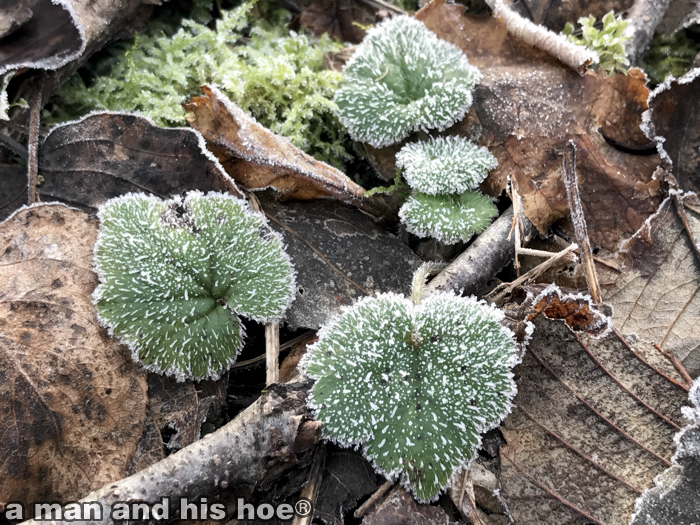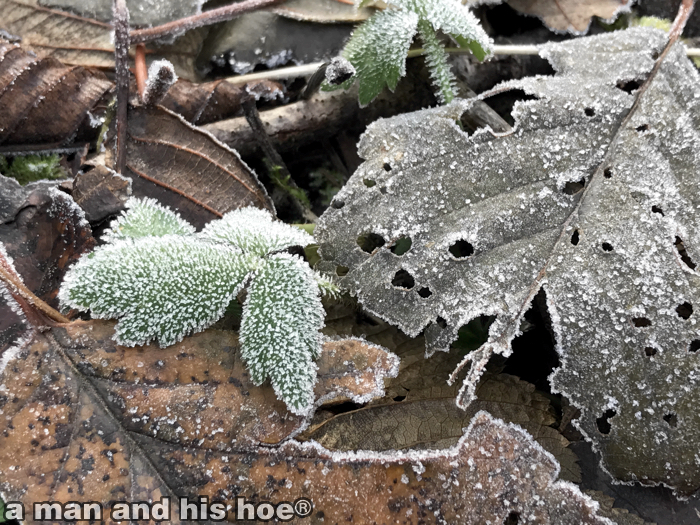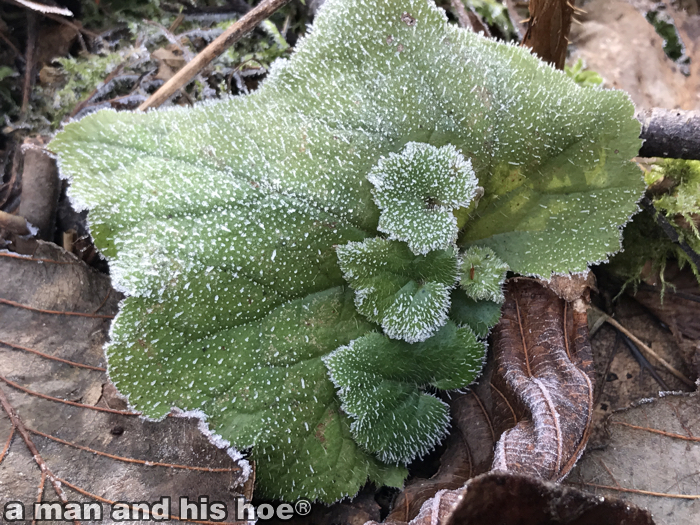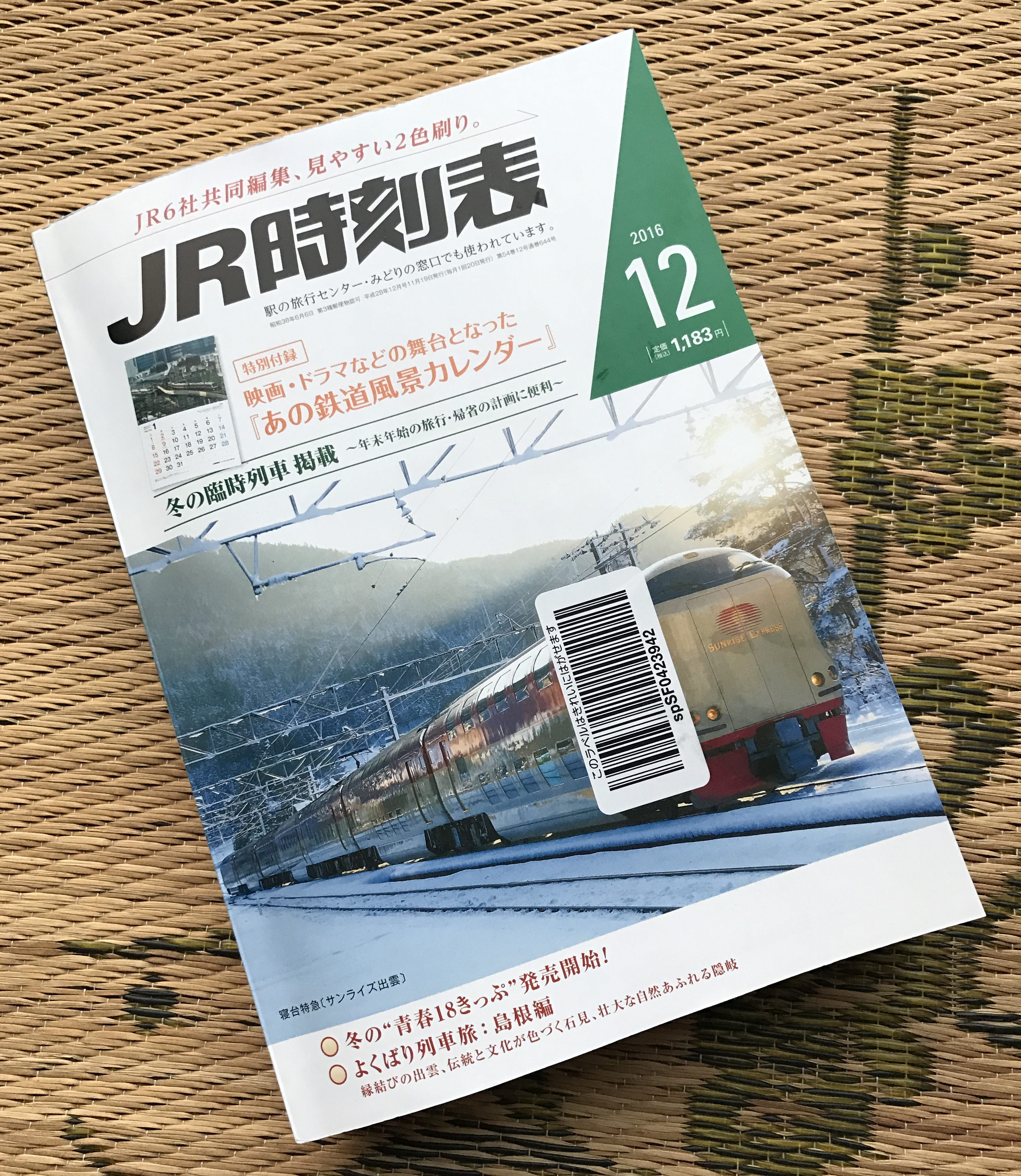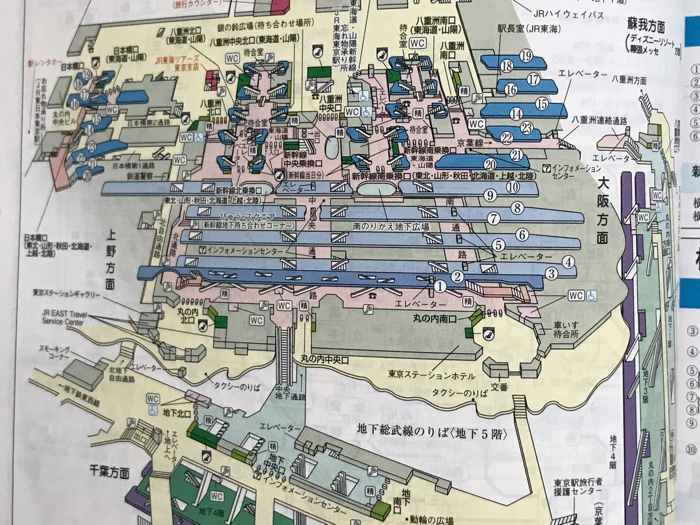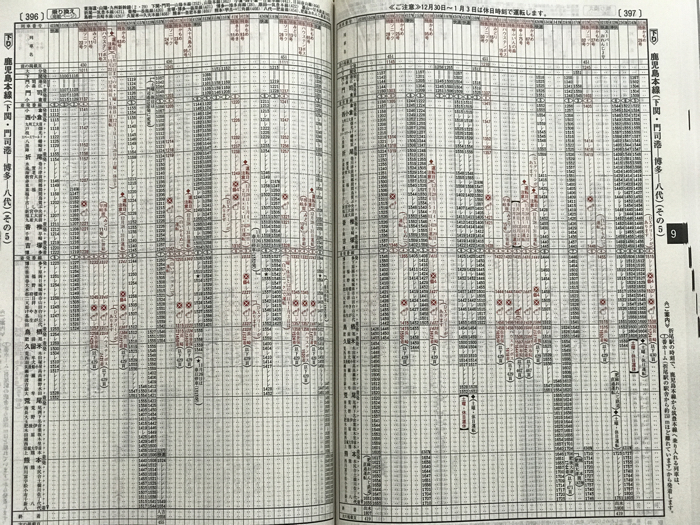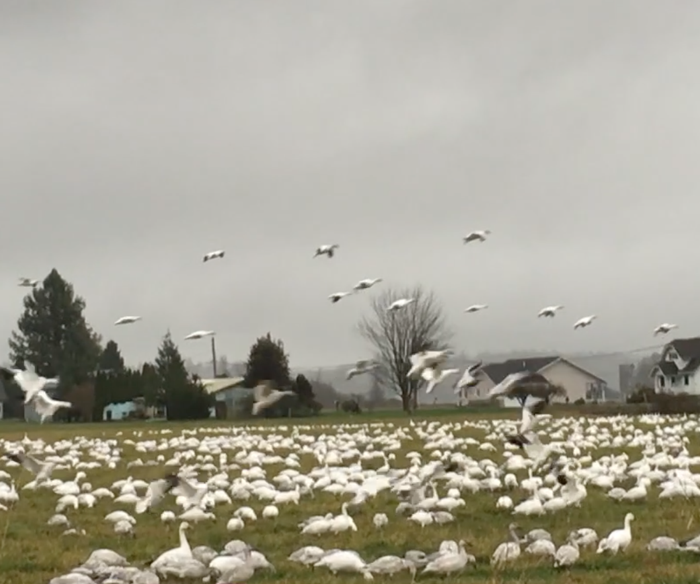[wpvideo TnnVN1ka]
A gentle snow fell all morning. As I watched the snowflakes fall, I thought about the stories that each flake could tell. In their short lives, snowflakes have a lot of excitement. One moment they are tumbling tens of thousands of feet in the air, watching jet planes shoot by. The next moment they are swirling by flying crows’ feet. In the end they are drifting softly to the earth. What could each snowflake tell us about the sights they have seen?

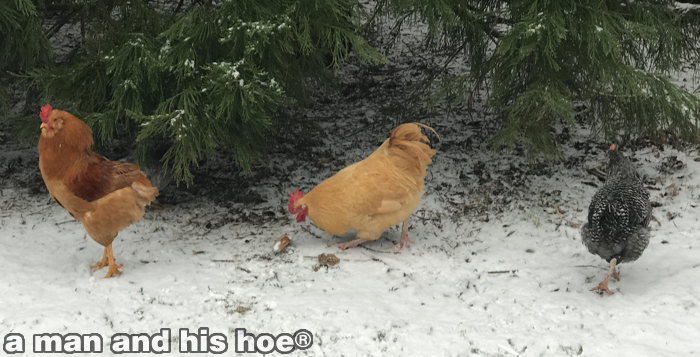
The chickens are staying indoors more than not. The rosemary stems curl to stay warm, waiting for a warmer day.
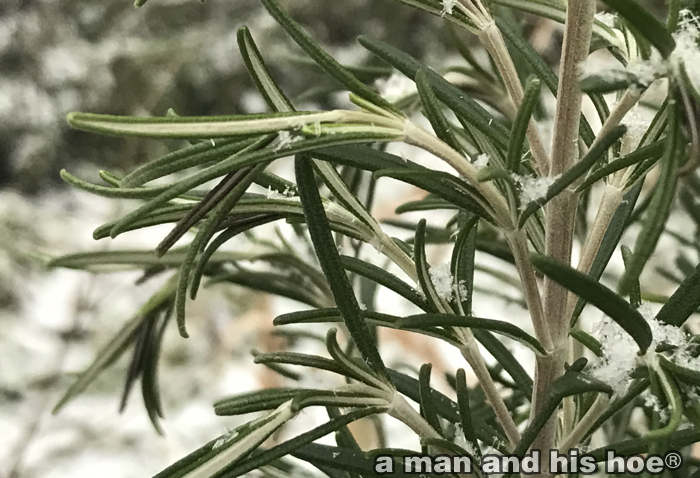

Last night we watched a touching movie, Sweet Bean. The Japanese title is あん, pronounced, “An”, the sweet bean paste usually made with adzuki beans.
In the movie, 76 year old Tokue 徳江 describes how, when she is boiling adzuki beans to make an, she keeps her ear near the pot to listen to the beans. “Everything in this world has a story. You can even hear what the shadows and the wind have to say. Listening to the beans, I imagine the wind, rain, and sun the beans saw as they grew. What kind of wind blew the beans? I listen to the story of their journey,” she says.
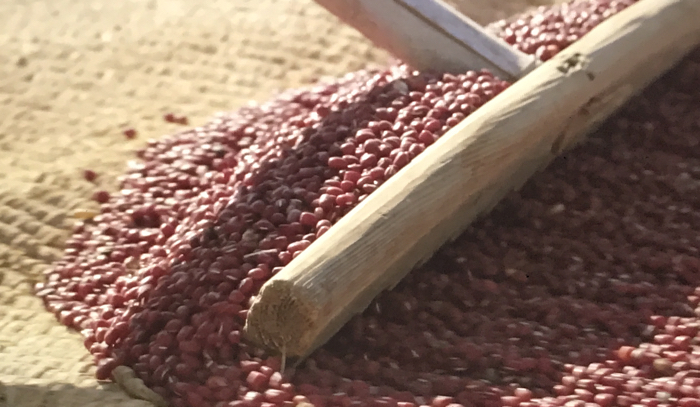

There is a lot of truth in those words. Through the spring and summer as I tend the vegetables, it may look like nothing much is happening, but every plant that grows has a rich life. There are worms and tiny critters tickling their roots. At times they must tickle so much the plants want to laugh and scream. All day long, bees, and flies, and spiders, and thousands of other tiny insects drop by for a visit. They experience cool mists, gentle rains, and downpours. Blazing hot sunshine beats down on their leaves.
So when we take a vegetable and put it on the cutting board, there is a deep richness of experience, a long, full story for us to listen to. We just need to be open to hear it.

